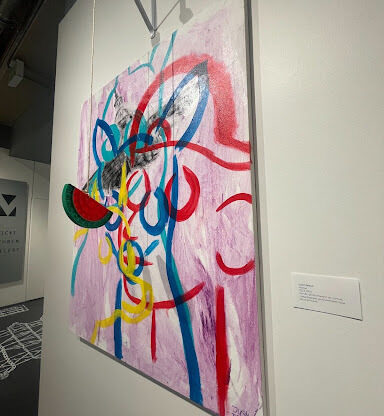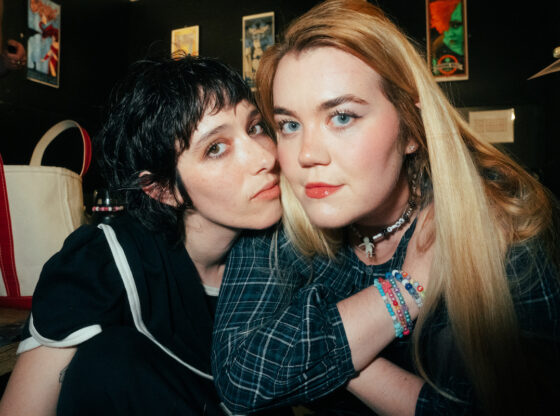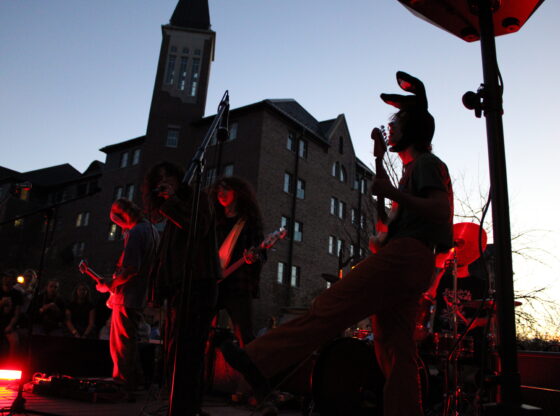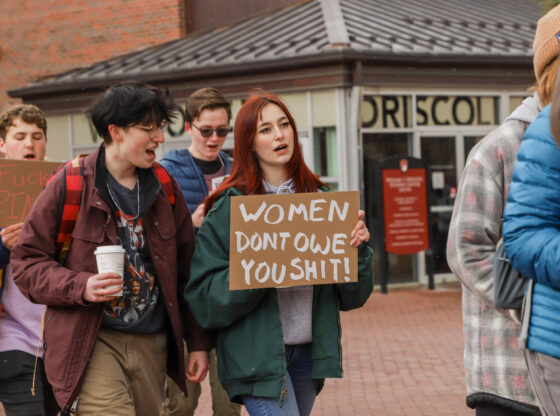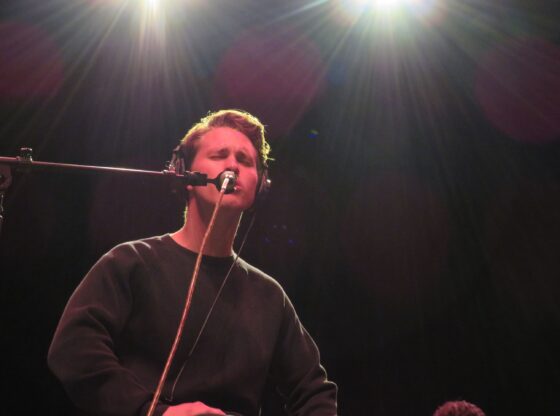Paul Thomas Anderson’s film “Licorice Pizza” relays a vivid dream of 70s’ California in dazzling fashion. With over-the-top performances, beautiful camerawork and well-done production design, its glamorous aesthetics almost covers up for the lackluster development of a story that the film is inherently about.
“Licorice Pizza” follows 25-year-old Alana Kane (Alana Haim) and 15-year-old Gary Valentine’s (Cooper Hoffman) coming-of-age story in the “Valley” of the 70s. From waterbeds, to the 1970s energy crisis, Anderson’s depiction of this nostalgic setting is well developed; alongside brilliant debut performances from Haim and Hoffman, the film reels you into a colorful world that you can’t seem to get enough of.
Gary is a hot-shot teenager and self-proclaimed entrepreneur—well matured over his counterparts because of his upbringings as a child actor. Alana on the other hand, works as an assistant to school photographers stuck in the mundanity of her life, but when faced with adversity, she pushes forward with the utmost confidence in herself. When they meet, the two spark an unorthodox—and problematic—relationship that leads them to take adventures head on.
Both performances by Haim, Hoffman and many others throughout the film were astounding. The characters were hilarious and full of life, carrying the film at times where you feel like you are watching these conversations happen in real life. The writing had a large part to play in the natural flow of the dialogue and plot, with witty remarks passed back and forth between characters.
While the plot is made up of countless adventures that Alana and Gary partake in, it is clear that the main conflict of the story revolves around the age gap between the two stars and the possibility of them falling in love. Gary’s continual push to win over Alana and her openness to such an act comes off as a more forced plot rather than one that is dynamic. Their relationship rarely fledges out beyond this plot, and in turn there is not much arc to it.
The lurid cinematography that encapsulated the 70s aesthetic in conjunction with the quirky plot line made it easy to get lost in the film and start to enjoy it even, until the reality of the 10 year age gap came to realization again. The character of Gary Valentine came off as creepy and not in a charming or funny way as the writers intended. The way that he pursued Alana was off putting and unnatural for a 15-year-old boy.
Likewise, it was just as disturbing for Alana to reciprocate the flirtation and endeavor of establishing a romantic relationship. Additionally, it seems that there may be a double standard present. We could not help but wonder if the gender roles were reversed, if this movie would have even had the chance of becoming remotely popular.
Another issue that took away from the positive attributes of the film, was the blatant racism that was present. The scenes with evident dialogue against Asian Americans throughout the film did not add anything to the plot, and if they were intended to be funny that might make it worse, considering racism should never be a topic for comedic relief.
Understandably, the 70s was a different time where racism was more prevalent and even accepted, but seeming that the discussion of race added nothing to the plot, it came off as ignorant and disrespectful.
Ultimately, the cinematography, acting and the majority of the writing of the film were beautifully executed, but a 10 year age gap between the romantic interests was something I could not get behind. The inappropriate relationship in addition to the racist dialogue were problematic enough to outweigh the highlights of the movie. “Licorice Pizza” was marketed as a coming of age romance with the allure of California in the 70s, yet in reality was more problematic than enjoyable to watch.




